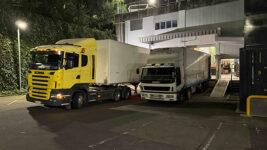PROJECTION
15 Jul 2024
Great Southern Land Exhibit
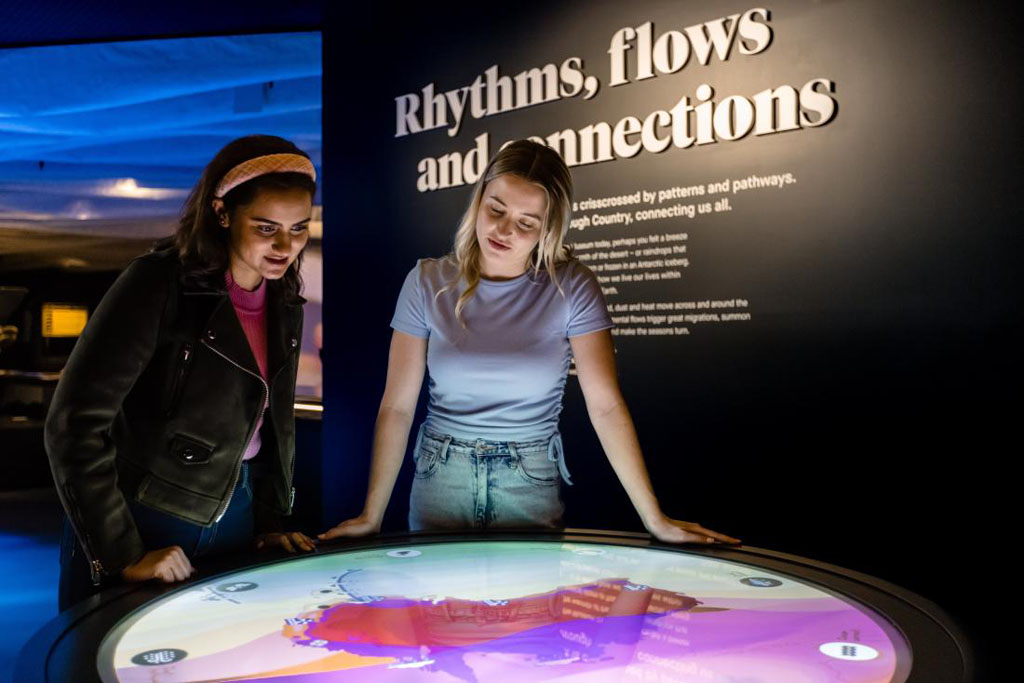
Subscribe to CX E-News
National Museum of Australia
In September 2022, the NMA (National Museum of Australia) opened its spectacular Great Southern Land environmental gallery as part of a $34 million upgrade. Being the biggest redevelopment since opening to the public in 2001, this expansion had to be ground-breaking.
This permanent exhibition tells the story of Australia as an ancient bio-diverse continent shaped by interacting forces. With such a complex story to communicate, the telling itself needs to be entertaining and interactive so visitors can enjoy their own learning journey.
For the design concept, the NMA engaged renowned exhibition designers Local Projects from New York. Melbourne-based designers Art Processors were then chosen to bring these concepts to life.
Art Processors designed and delivered several unique digital experiences allowing visitors to investigate aspects of our environment from flora and fauna to seasons and CO2 levels. The primary challenge was to translate complex scientific information into tactile displays that encourage visitors to participate while developing a greater understanding of the topic.
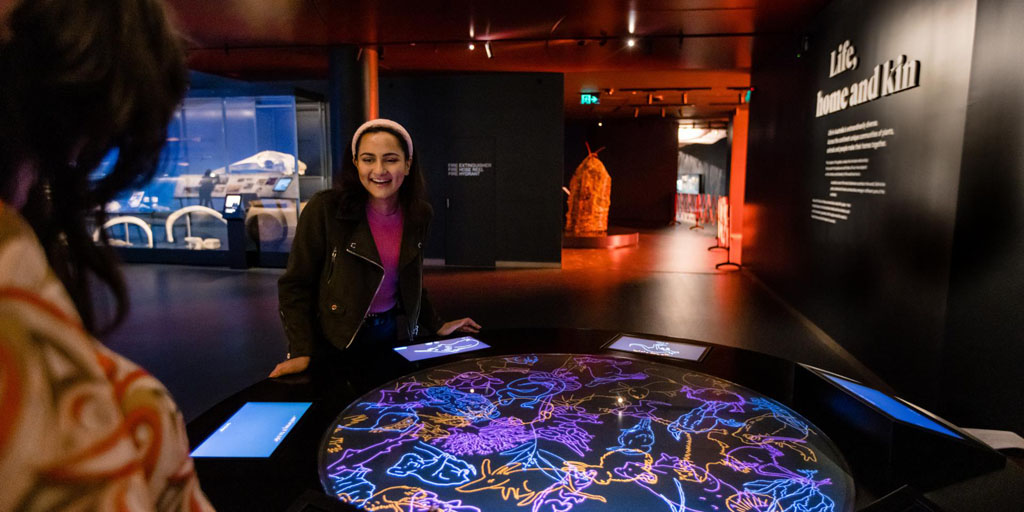
Two of these displays required the construction of low circular drums where the visitor interacts with a touch-sensitive tabletop. The ‘Iconic Species’ display is a collaborative drawing app that invites young visitors to learn about Australia’s most well- known species, and even share their own creations. The ‘Pathways’ display features an interactive satellite view of seasonal events. Visitors use their hands to explore temperature, ocean currents, and migration patterns and how natural elements are linked by intersecting pathways and rhythms. By finding the right combination of elements, the tabletop plays a beautiful animated sequence related to the topic, such as a pod of swimming whales.
The designers determined the most appropriate way to deliver the interactive content to the display surface was through projection. LCD and LED touch screens have complex electronics that don’t stand up well to being handled by groups of excited children. LED also radiates a lot of heat into the gallery space. By contrast the Fujifilm Z6000 projector is protected within the circular drum at floor level, well under the projection surface.
These displays also needed to be low enough for children, and those in wheelchairs, to be able to interact safely. This meant the chosen projector should be capable of ultra-short throw (UST).
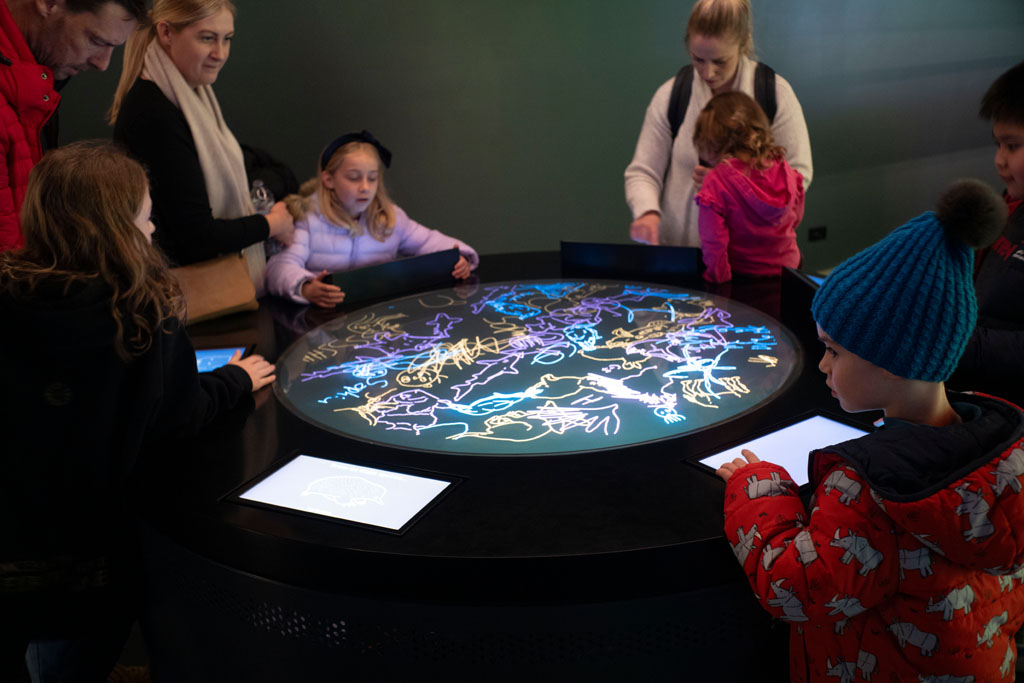
This simply means the projector can be placed very close to the screen while still projecting a large image. The Fujifilm Z6000 has a throw ratio of less than 0.4, which means it can project a 2-metre image from just 80cm away. This ensured the display would be accessible for children to easily interact with.
The other aspect that made the Fujifilm Z6000 an easy choice was the unique bi-axial rotating lens. This feature greatly simplified the installation and maintenance of the display. The projector could sit on the floor without requiring special mounts and the lens simply rotated vertically.
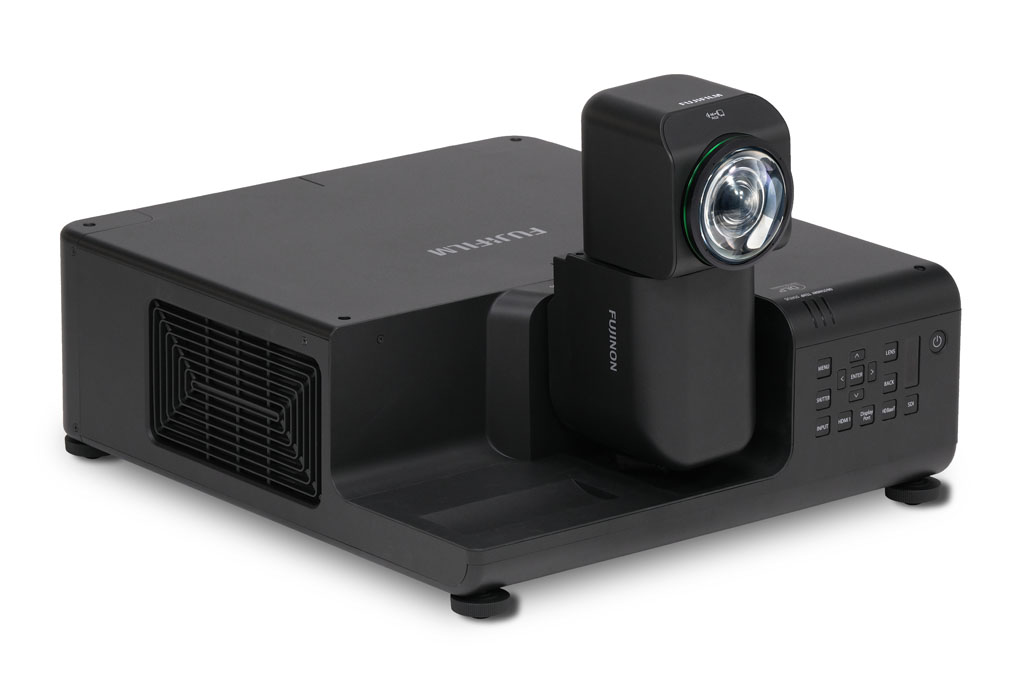
The beauty of the exhibit is that the technology delivering this exciting and engaging content doesn’t intrude into the space and distract from the experience. The projectors are either housed inside the displays themselves or tucked away high in the ceiling, using their zero offset capability and ultra-short throw lenses to present shadow-free images onto the viewing surface. Since its launch, the exhibit has had many thousands of visitors who’ve interacted with the displays and learnt something new about their own country and its environment. The mission objective has been achieved and the Great Southern Land continues to be one of the most popular permanent attractions.
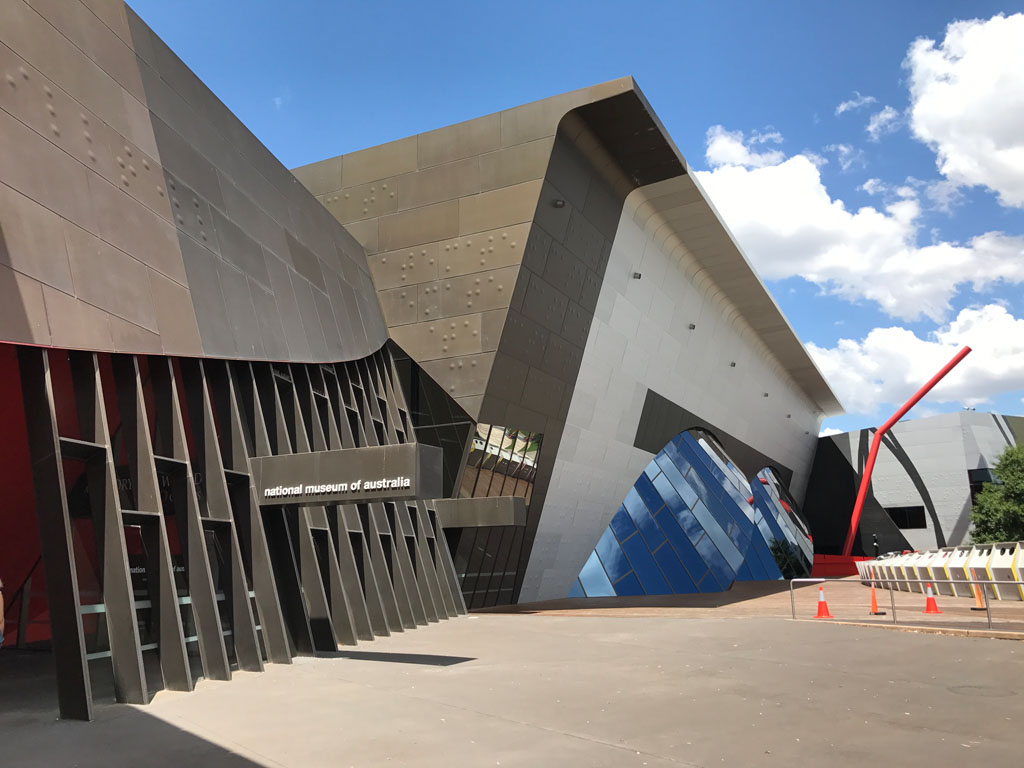
Subscribe
Published monthly since 1991, our famous AV industry magazine is free for download or pay for print. Subscribers also receive CX News, our free weekly email with the latest industry news and jobs.
Recent posts



